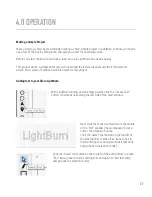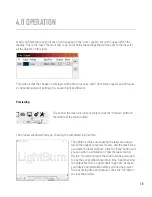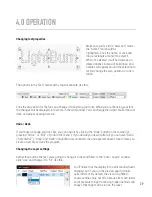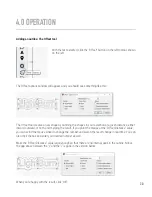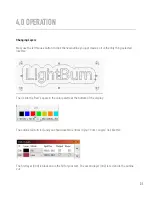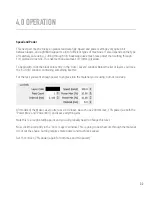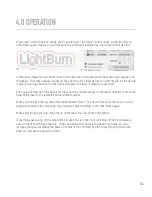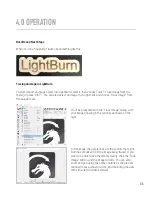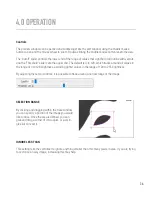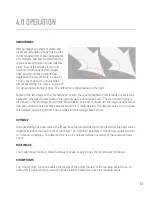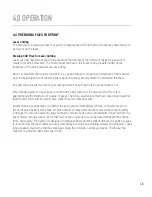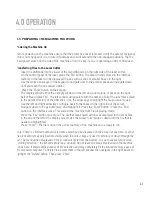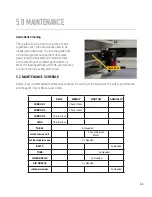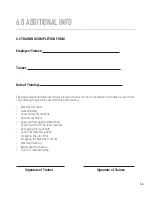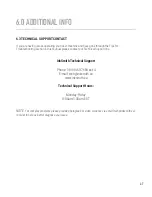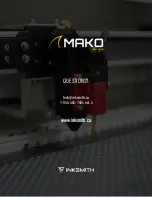
4.4 PREPARING FILES FOR PRINT
Laser Cutting
The first step to preparing a laser cut part is to prepare the CAD file that will create the shape that is to
be cut out on the laser.
Drawing CAD Files for Laser Cutting
Laser cut CAD files are simple, 2D line drawings that represent the outline of the parts you want to
create from stock materials. The final product will have a thickness that is predetermined by the
thickness of the stock material you are cutting.
Note: For materials that need to interlock, it is a good practice to measure the thickness of the material
prior to designing as the nominal thickness does not always exactly match the measured thickness.
Any part that exceeds the size of your cutting bed will need to be broken into sections to cut.
When drawing parts for laser, keep in mind that the kerf (amount of material lost to the cut) is
approximately the thickness of a piece of paper. Therefore, any designs that have lines closer together
than the kerf will result in a larger hole, rather than two individual cuts.
Another design consideration is whether the parts should immediately fall free, or should remain in
the stock wood held by small tabs. A small number of large parts can be removed more conveniently
if designed to fall out, however a large number of smaller parts can be problematic if they fall from the
sheet during cutting process. Parts that fall out can require access to the trap underneath the cutting
table. Alternately, if the parts are designed to remain tabbed into the stock materials, the parts are easy
to remove from the laser cutter and are protected by the stock wood during storage and shipping. These
tabs are easily created by cutting small gaps along the cut lines in strategic places. The thicker the
material, the smaller these tabs need to be.
4.0 OPERATION
40


